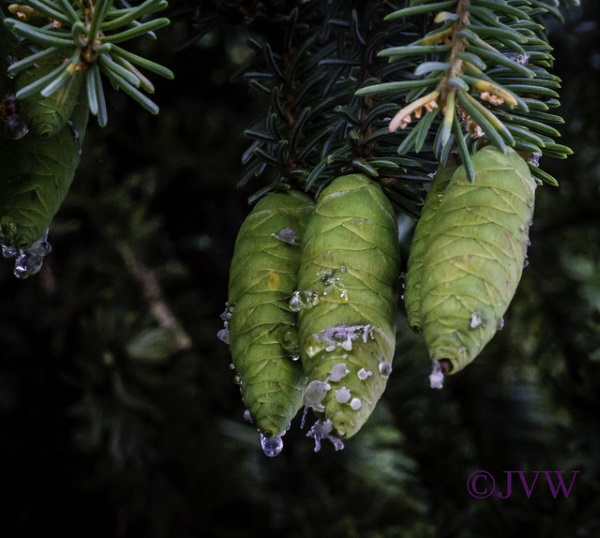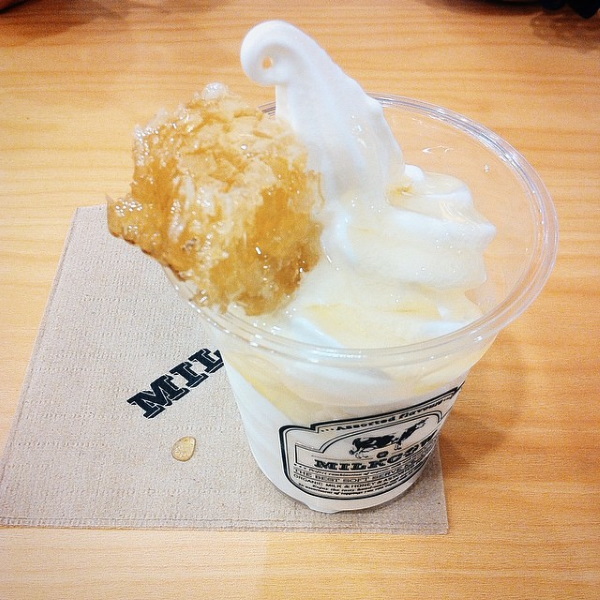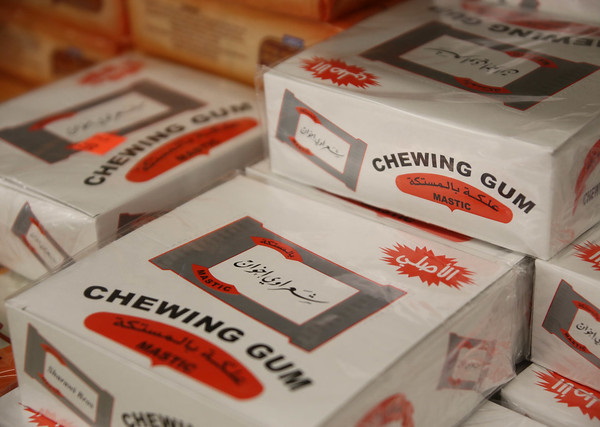Miswak Sticks

Fibrous twigs from the Miswak (Salvadora persica) tree have been used for chewing and teeth-cleaning for thousands of years. Miswak exudes anti-bacterial compounds when chewed, and its use is specifically mentioned in Islamic traditional hygeine laws. Though common in Muslim-majority nations ranging from northern Africa east to Malaysia, imported Miswak twigs can occasionally be found in Islamic grocery stores. (image via Toon van Dijk)
Spruce Gum

Spruce gum is a resin sourced from wild conifers in North American forests. Native Americans have traditionally used the sticky pine sap as an appetite-suppressant, a teeth-cleaning aid, a treatment for wounds, and as an effective glue. Early settlers and pioneers exploited spruce gum both as a breath-freshening chew and, after some processing, as a syrup said to relieve symptoms of respiratory illnesses. Commercial sale of spruce gum has mostly faded away, though experienced hikers and campers are well aware of this “free” unprocessed chewing gum. (image via James Vincent Wardhaugh)
Honeycomb

Minding your beeswax is easy – and delicious – if you’re chewing on natural honeycomb. Be sure to remove the bees first, mind you. Some restaurants and cafes have lately rediscovered the joys of chewable honeycomb, “though weirdly chewing the comb after its honey has been sucked is like chewing erm… plastic?” according to one photographer. Hey, it beats eating actual plastic: read up on “gum base” for a jaw-dropping eye-opener that just might make you think twice before doubling down on Doublemint. (image via Danny Foo)
Want some eye candy to sink your teeth into? Check out Bark With Bite: The Toothy Tree Art Of Patrick Catalde!





